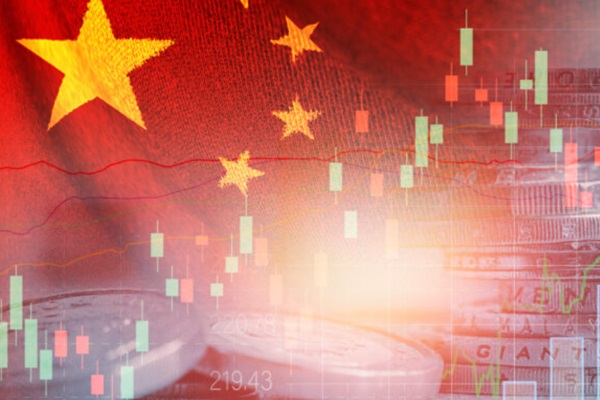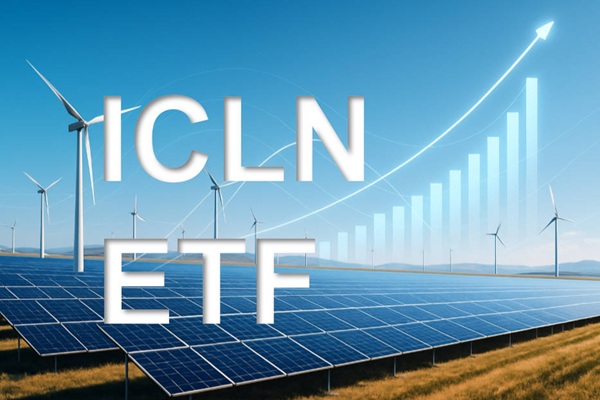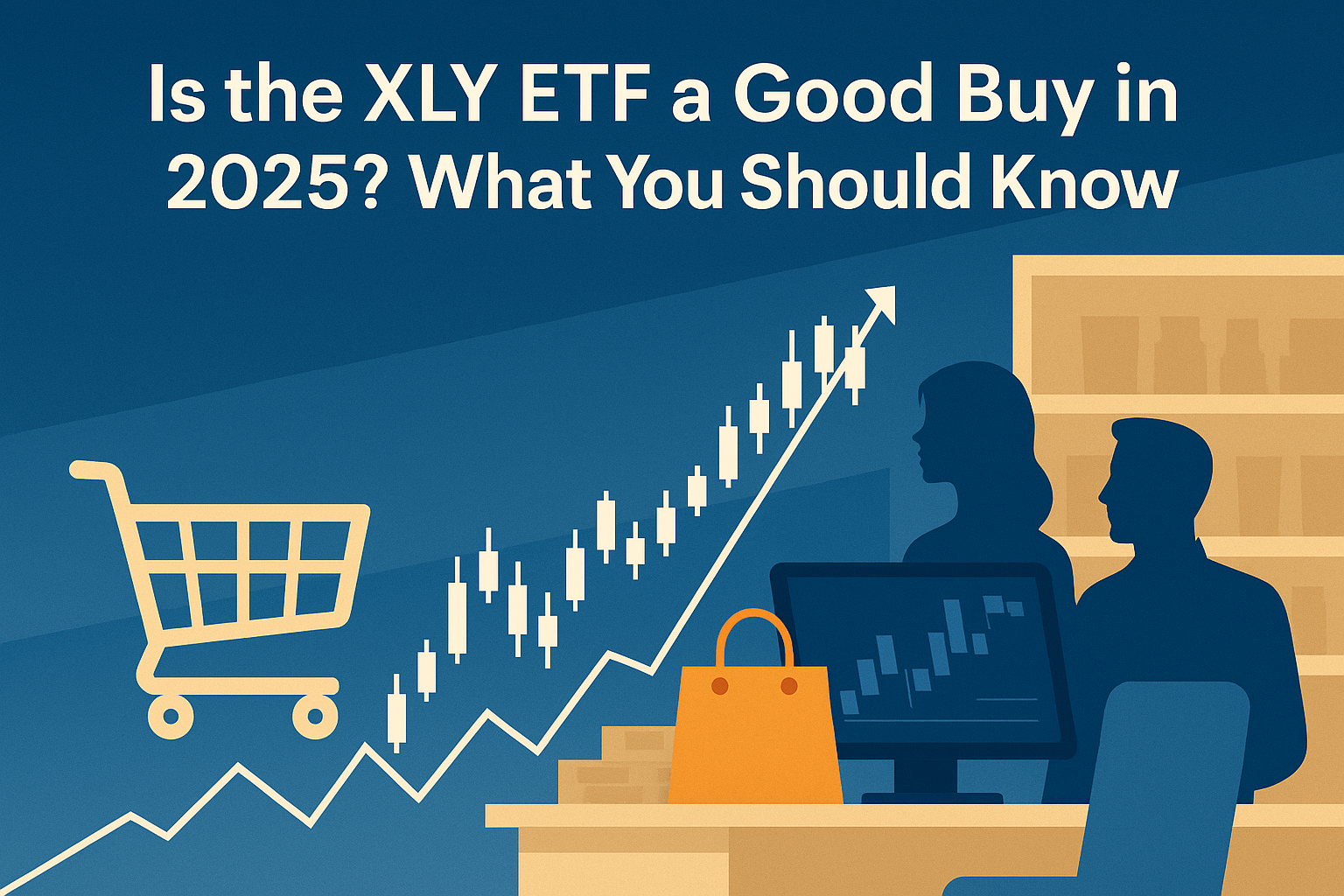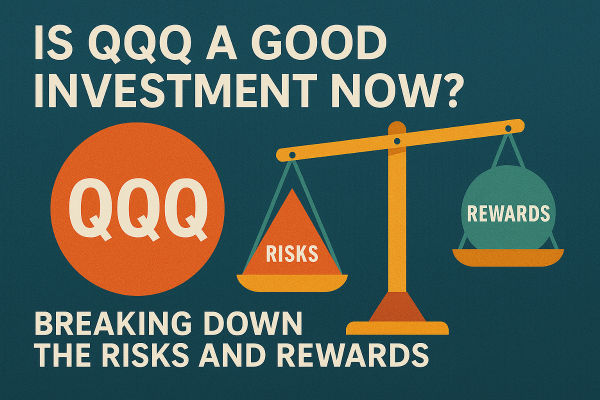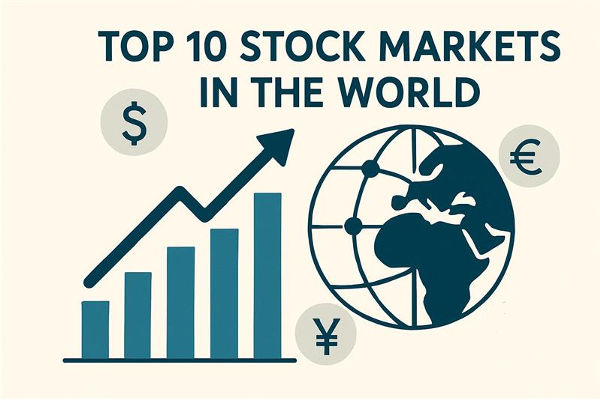China's economy has long attracted attention from global investors. Its growth story may not be as fast-paced as it once was, but it remains one of the world's largest and most important markets. For those curious about investing in China without directly buying individual Chinese stocks, exchange-traded funds—or ETFs—offer a simpler, more flexible way in. But how should one go about choosing a China ETF? That's where strategy comes in.
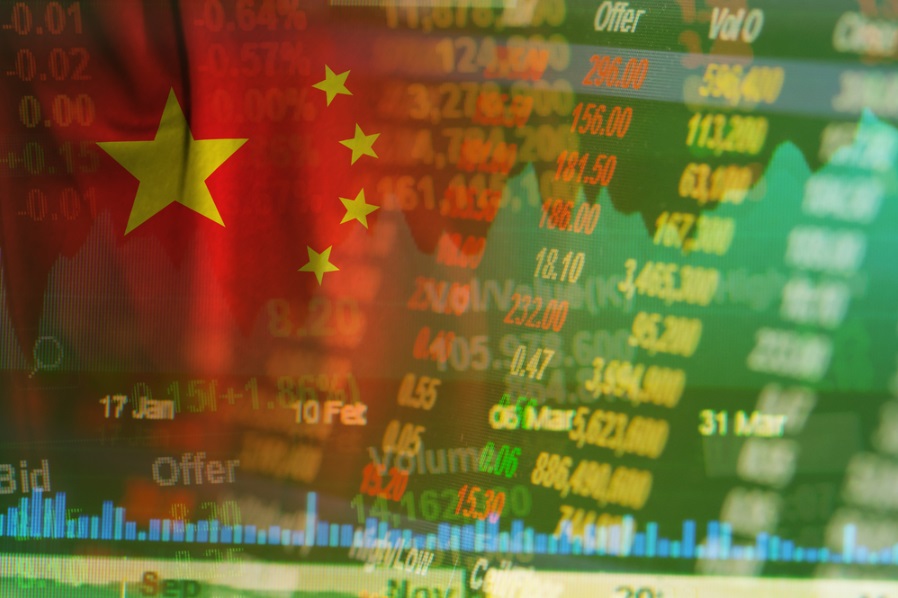
Broad Diversification with MCHI and FLCH
If you're just starting out and want a general slice of the Chinese stock market, two ETFs often come up: iShares MSCI China ETF (MCHI) and Franklin FTSE China ETF (FLCH). These funds aim to give you wide exposure to Chinese companies across different sectors—think technology, financials, consumer goods, and more.
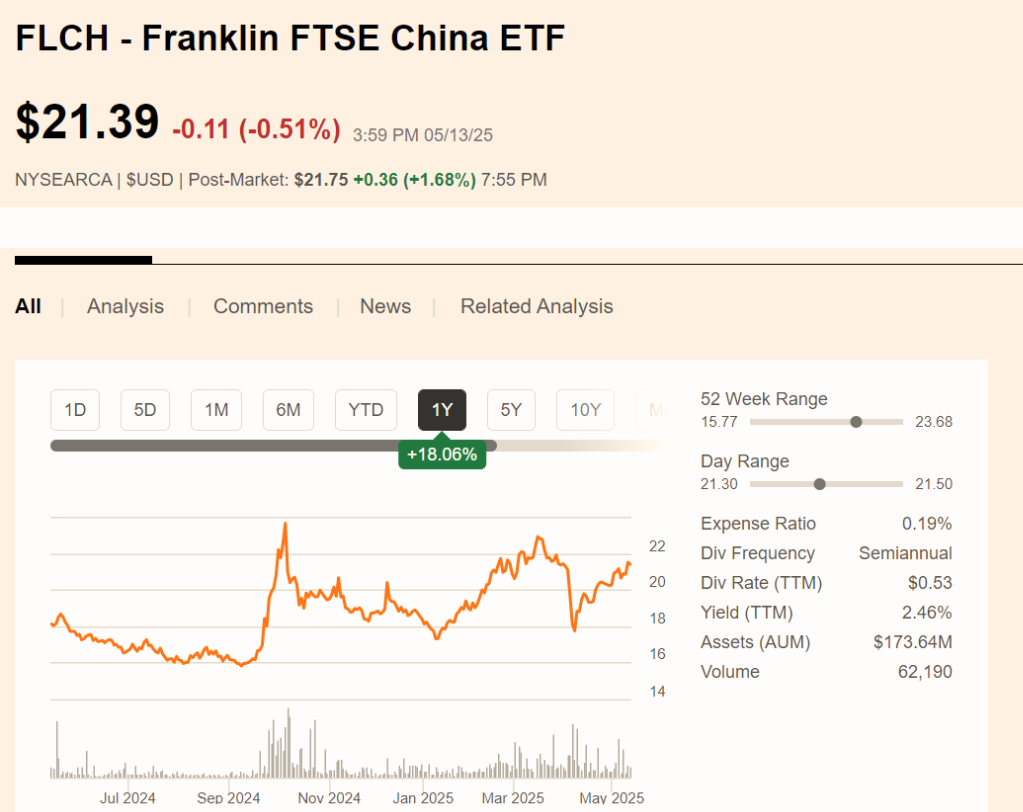
MCHI is one of the more established choices and tends to include a mix of both big names like Alibaba and Tencent, as well as smaller firms. FLCH is similar but usually has a slightly lower expense ratio, which means it could be more cost-effective over time.
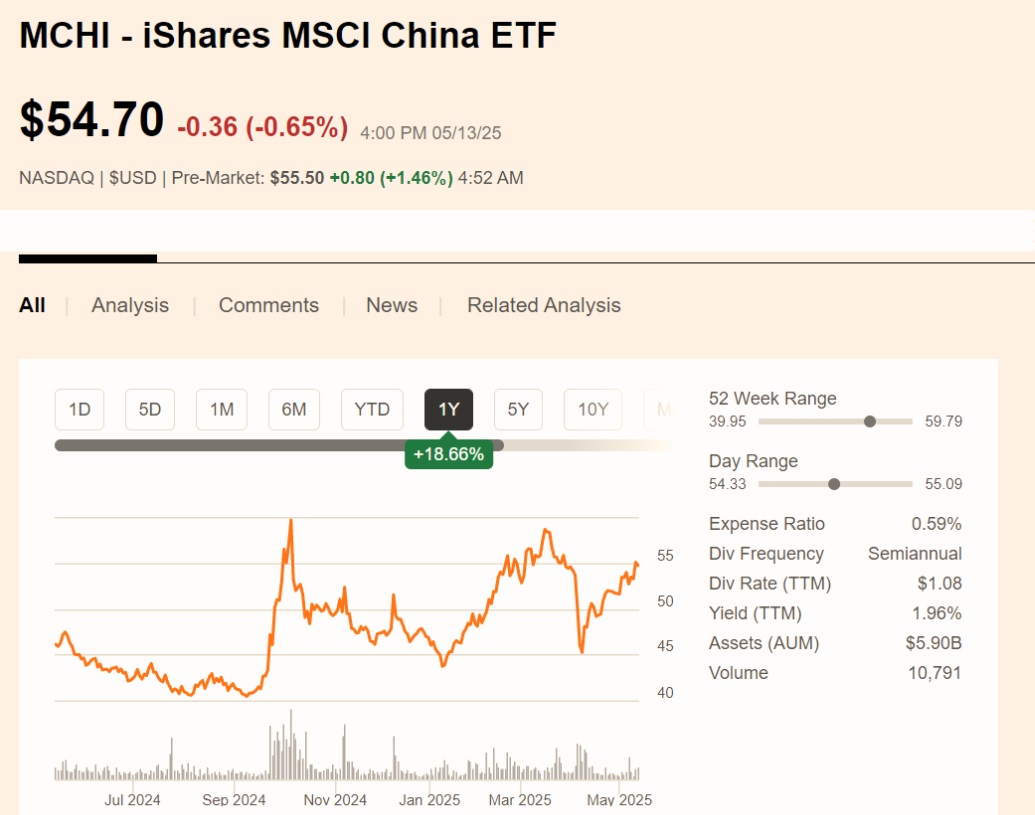
What makes these ETFs appealing is how they spread your investment across many companies, helping to reduce the risk tied to any single stock. So, if you're not keen on following individual Chinese firms closely, these broader ETFs can be a good foundation.
Sector-Specific Investing: Technology and Internet
For those more interested in China's tech giants, sector-specific ETFs offer a more focused path. The two standout choices here are the KraneShares CSI China Internet ETF (KWEB) and the Invesco China Technology ETF (CQQQ). Both allow you to concentrate on high-growth areas, especially internet and software companies.
KWEB is especially popular among those bullish on e-commerce and online services in China. It includes well-known platforms like JD.com, Meituan, and Baidu. Meanwhile, CQQQ casts a slightly wider net in the tech space, not just internet firms but also hardware, semiconductors, and mobile tech.
This kind of investing can be a double-edged sword. On the upside, these companies often lead China's innovation charge. But they're also more vulnerable to government regulations or changing consumer habits. So while the potential for growth is high, so is the volatility.
Leveraged ETFs for Short-Term Gains
For more experienced investors—or those willing to take on higher risk—leveraged ETFs might look tempting. One notable example is the Direxion Daily CSI China Internet Bull 2X Shares (CWEB). This fund aims to deliver twice the daily returns of a basket of Chinese internet companies.
In simple terms, if the index goes up 2% in a day, this ETF tries to give you 4%. Sounds exciting, right? But the reverse is also true—if the market drops, losses can double too.
These ETFs are designed for very short-term trading, not long-term holding. They're often used by active traders who want to ride momentum or make tactical plays. If you're not used to fast market moves, it's wise to tread carefully here.
Accessing Mainland China with ASHR
Another way to invest in China is through its A-shares—these are companies listed on stock exchanges in Shanghai and Shenzhen, mostly accessible only to domestic investors. That's where the Xtrackers Harvest CSI 300 China A-Shares ETF (ASHR) comes in.
ASHR is one of the few ETFs that lets overseas investors tap directly into these mainland-listed companies. This gives you exposure to firms that might not be available in other international-focused ETFs.
A-shares tend to represent more of China's internal economy—think banks, manufacturers, and service industries—rather than the large multinationals. So, this ETF could be a smart way to get a better sense of what's really happening on the ground in China's domestic market.
Thematic Investments: Clean Energy and EVs
China isn't just about tech and finance. It's also pushing hard into future-focused industries like clean energy and electric vehicles (EVs). That's led to a growing number of thematic ETFs that target these trends.
For example, some ETFs are centred around China's solar and wind power firms, battery makers, and EV manufacturers like BYD. These funds appeal to investors who want to align their portfolios with green technology and long-term innovation.
Thematic ETFs tend to be narrower in scope, meaning they come with higher risk if the sector falls out of favour. But if you believe in China's role in driving the global clean energy shift, this could be a forward-looking option to consider.
In the end, the right China ETF depends on your personal goals, risk tolerance, and investment timeframe. Whether you prefer a steady, diversified approach or a bolder bet on booming sectors, there's likely a China-focused ETF to match. The key is to look beyond the headlines and understand what each fund offers—and what it doesn't. That's how you build a strategy that makes sense for you.
Disclaimer: This material is for general information purposes only and is not intended as (and should not be considered to be) financial, investment or other advice on which reliance should be placed. No opinion given in the material constitutes a recommendation by EBC or the author that any particular investment, security, transaction or investment strategy is suitable for any specific person.
